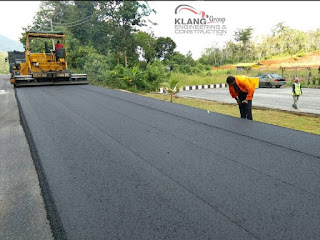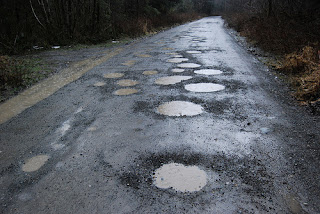How Do Potholes Form? As vehicles pass across asphalt, the friction from the tires causes it to expand. Over time, this can lead to surface cracks in the asphalt. When it rains or snows, water seeps into those cracks. That water can gradually erode the asphalt from underneath, causing larger cracks and divots to form. Our malaysian wheather add to the problem, because water can actually freeze inside the cracks. The expansion of water into ice pushes out the asphalt, often somewhat violently. When the water melts and contracts, there is nothing left in the space that the ice once occupied. This speeds up the erosion cycle, often causing large divots to appear quickly. Whether the divot was left by freezing and thawing, or simply eroded over time, the end result is the same—a gap underneath the surface pavement. Then, when a vehicle drives over the divot, the weight pushes down on the divot, allowing it to collapse into a hole. As more vehicles drive over the pothole, the cra...







